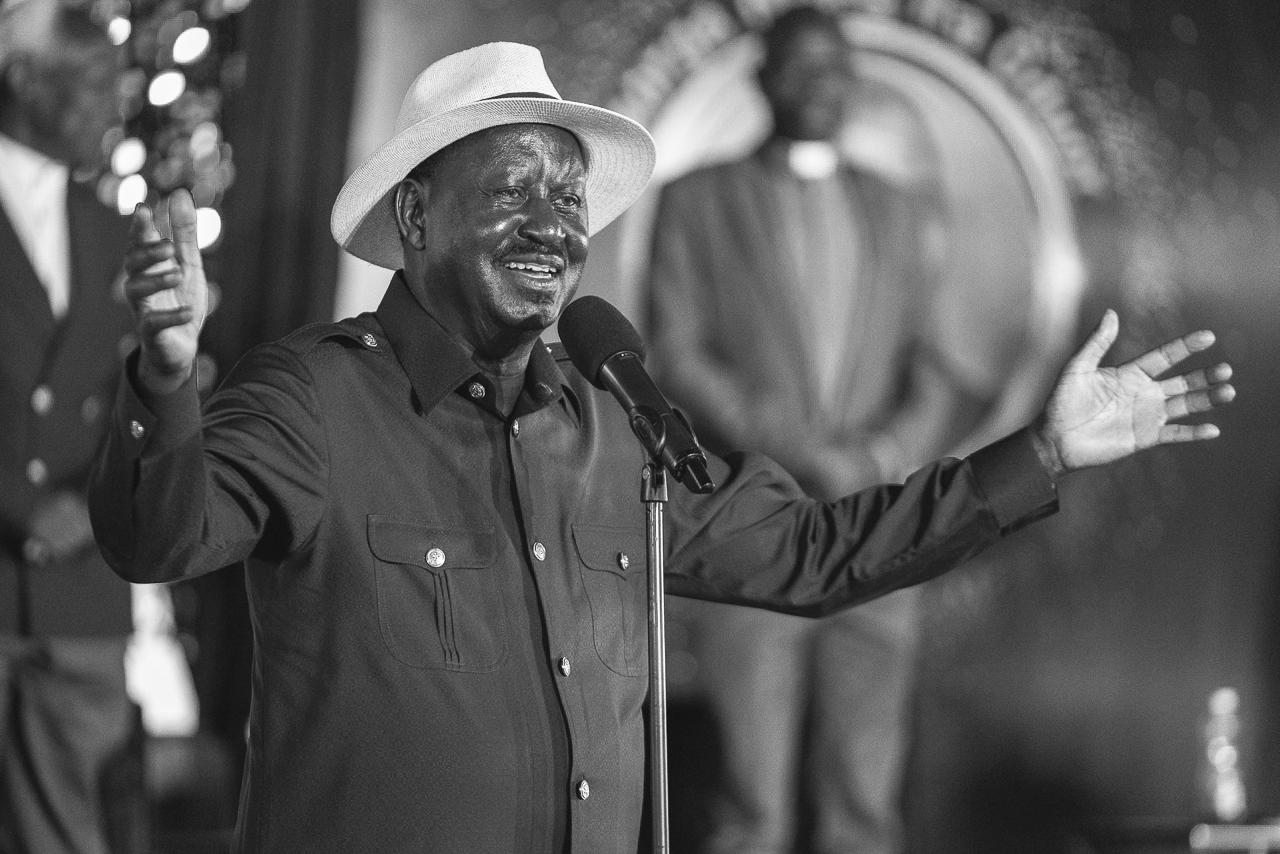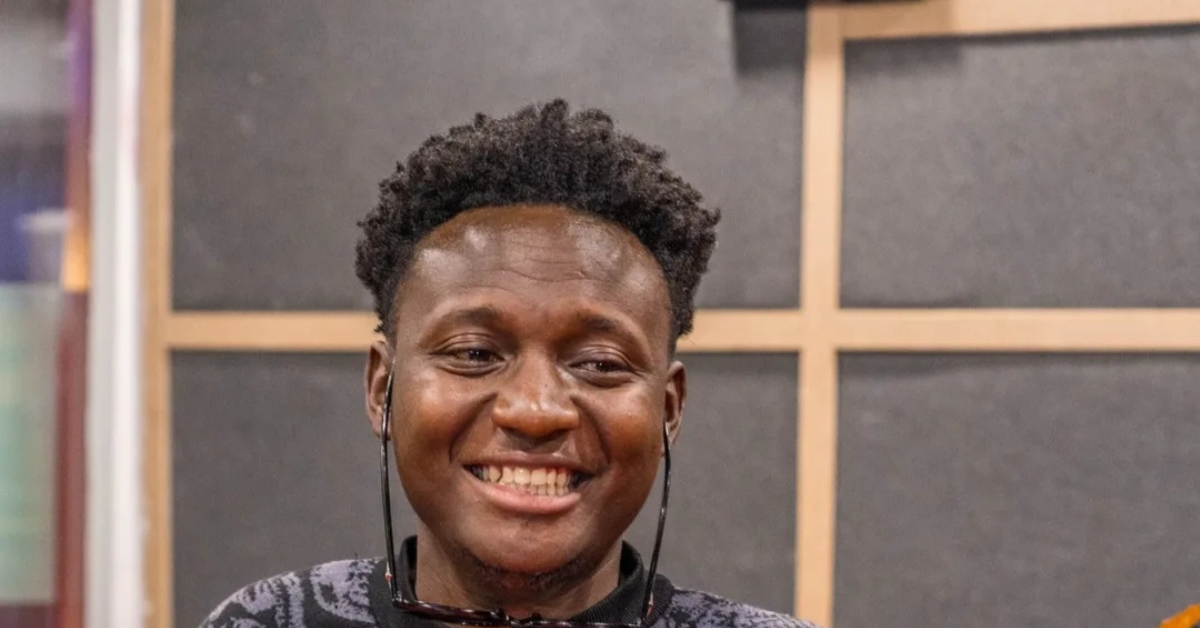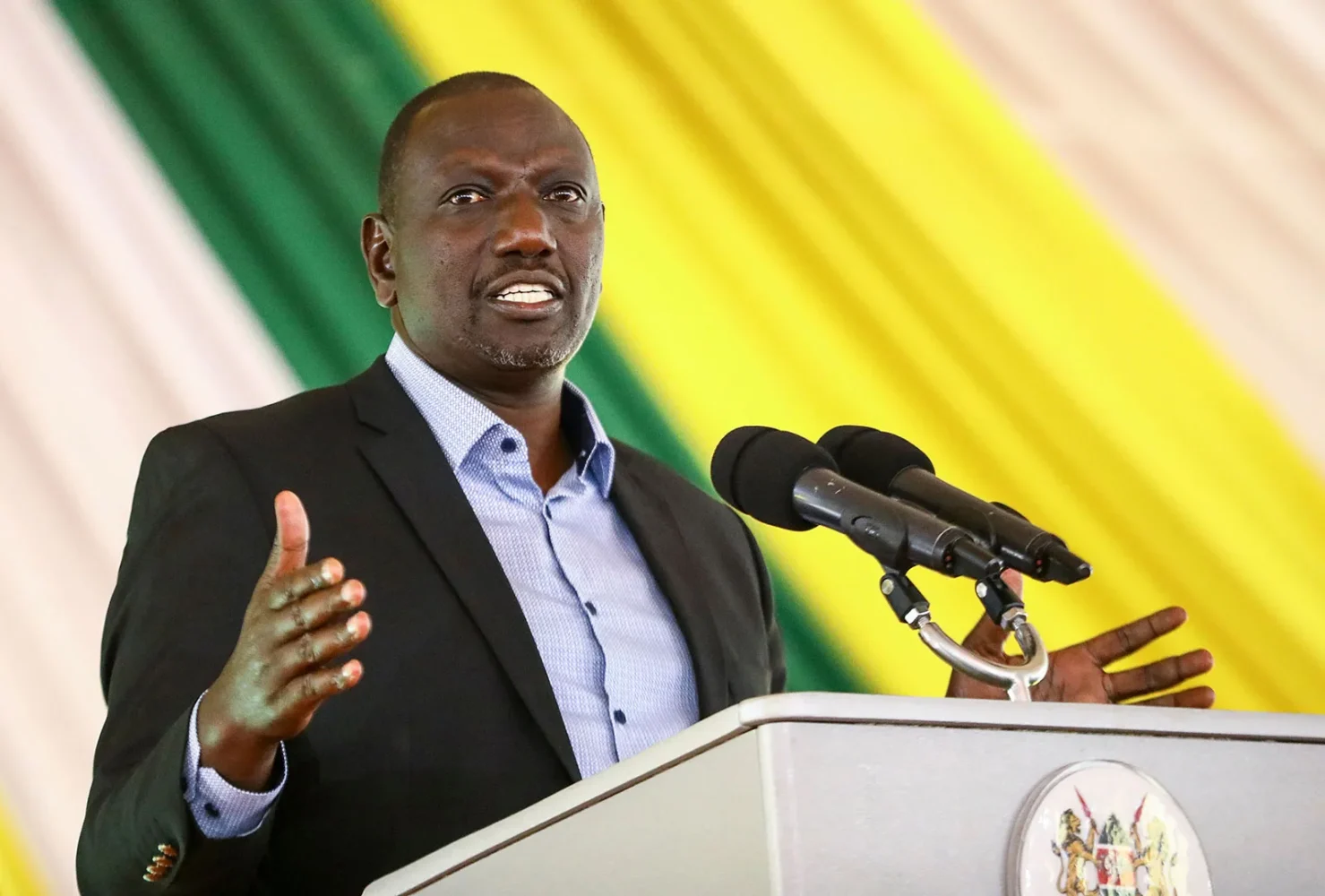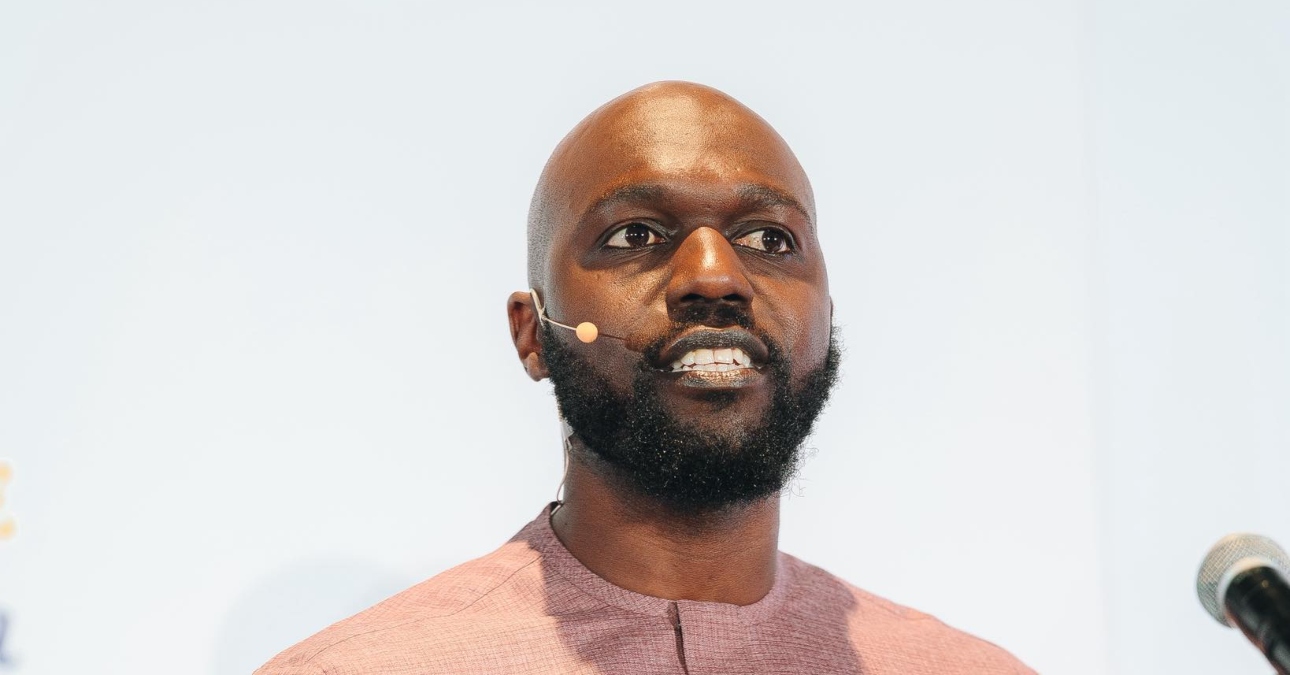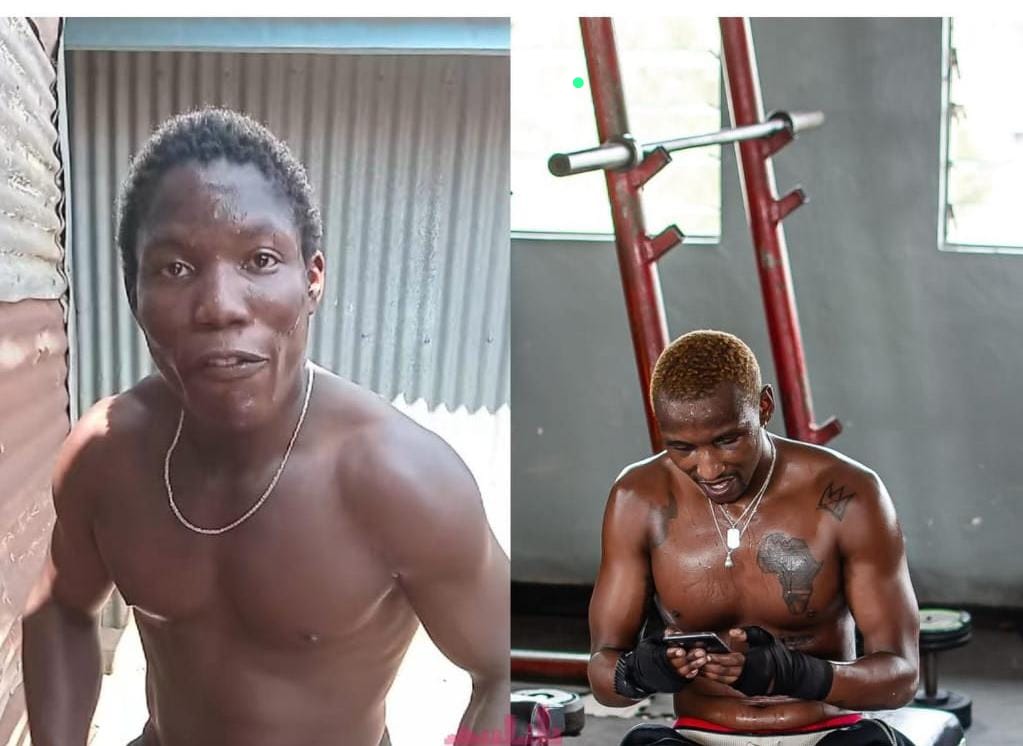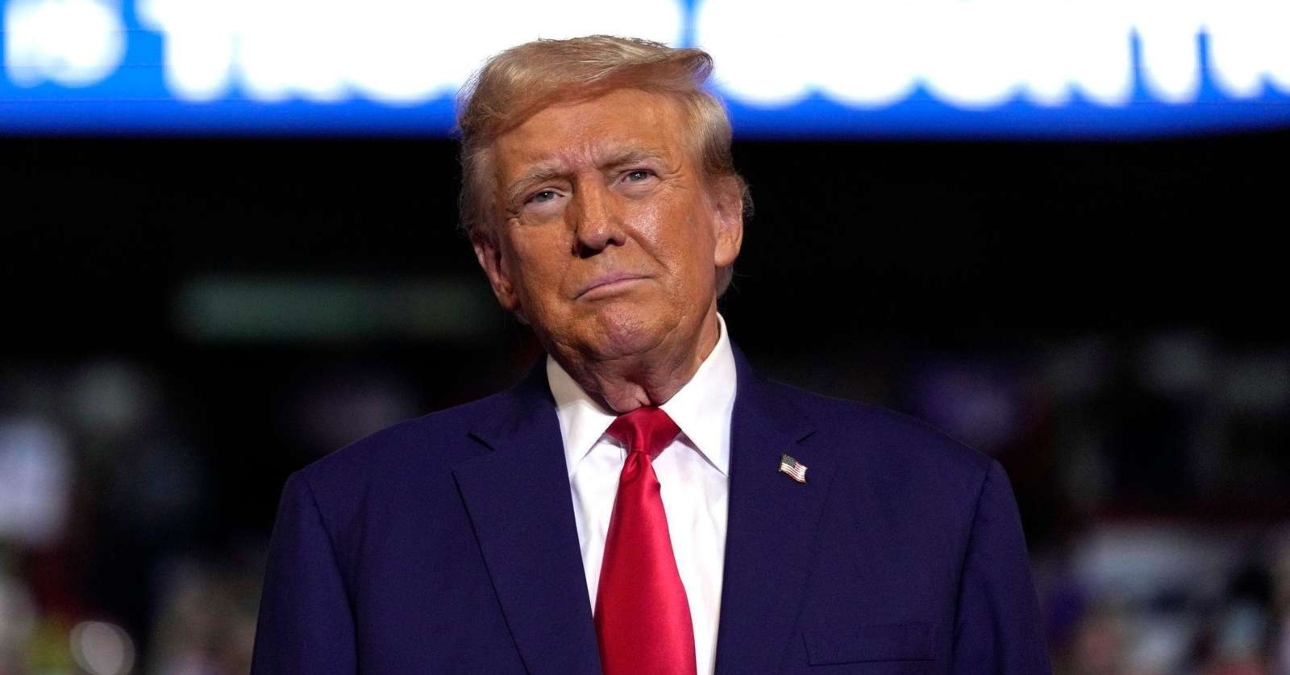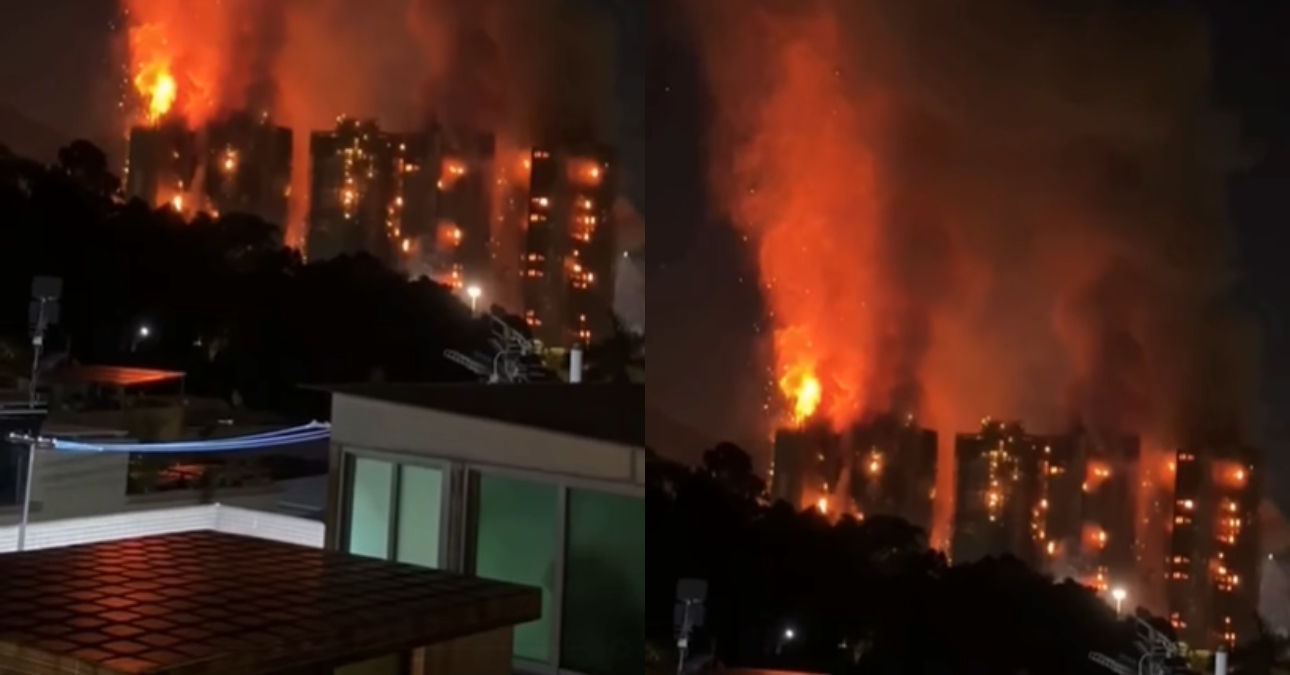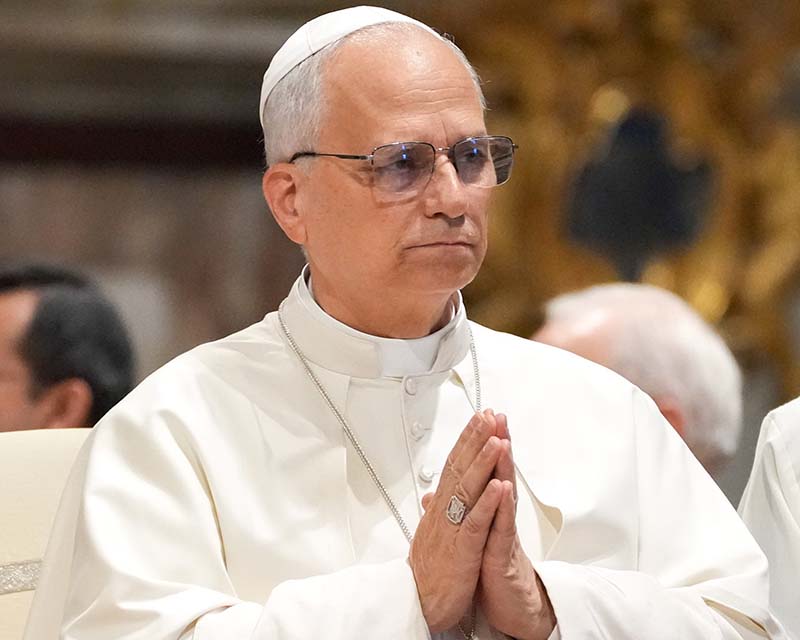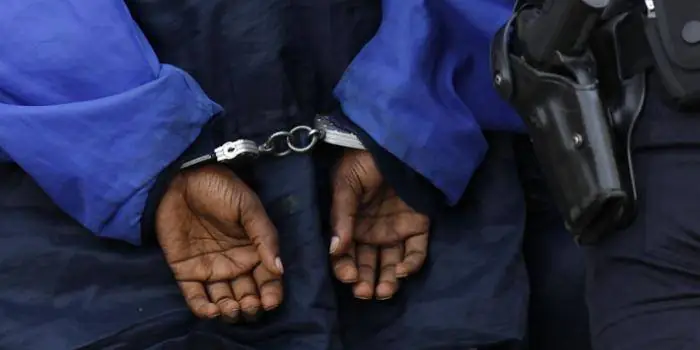It began as an ordinary morning meeting, the kind that kickstarts a busy newsroom day. Producers tossed around story ideas, editors debated which headlines would dominate the midday bulletin, and the digital team was already preparing fresh updates for the website and social media platforms. Phones rang, scripts were being edited, and the studio was busy as everyone worked on the days news alerts.
But slowly, almost imperceptibly, the mood began to shift. One by one, the senior editors stepped out of the room first the Head of Digital, then the News Editor. A few minutes later, the Head of TV followed, phone pressed tightly to his ear, his face unreadable.
“Is it true?” Someone whispered across the table.
In a newsroom, those three words change everything.
Within minutes, the meeting dissolved into quiet confusion. Editors and producers began making calls to trusted sources. The rumour was spreading fast former Prime Minister Raila Odinga was dead, but confirmation was still uncertain. No one wanted to be the first to get it wrong.
Phones kept ringing and everyone checked their screens for updates. We were left scrolling online, hoping to find credible information beyond the whispers. Apart from one local media house that had cautiously hinted at it, no one else had gone public. Then, buried between international wires, we stumbled upon it, an Indian news outlet had reported the story.
For a moment, the newsroom fell into an uneasy stillness. If foreign media had it, could it be true? Yet, even then, the rule remained: trust but verify. So, we kept scrolling through X (formerly Twitter), reading through floods of comments disbelief, prayers, anger, confusion as the digital storm swirled faster than the facts could settle.
For nearly an hour, we were caught in that tense in-between the familiar limbo of “do we run it, or do we wait?” a space every journalist knows but few talk about.
For some of us, it brought back flashbacks of past moments when the nation held its breath and moments that tested every newsroom’s instinct and integrity.
When former presidents Mwai Kibaki died, and after him, Daniel Toroitich Arap Moi. Each moment carried the same pulse: phones ringing off the hook, editors cross-checking, the quiet before the red banner “Breaking News” flashed across screens.
And as the news finally broke this time that former Prime Minister Raila Amollo Odinga was no more, the weight of it settled across the room. For a man whose name has been stitched into every chapter of Kenya’s political story, silence said more than words ever could.
The man. The myth. The legend. Rest in Peace.


